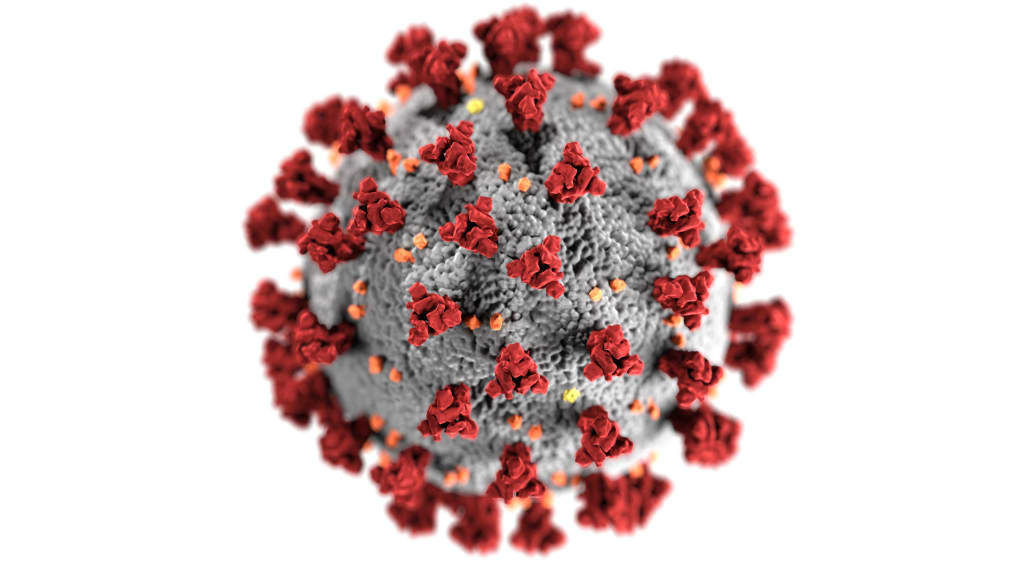Influenza A Virus Subtype H3N2: A Common but Challenging Flu Strain
Symptoms, Prevention, and Treatment of H3N2 Infection

Influenza A virus subtype H3N2, commonly referred to as H3N2, is a strain of the influenza virus that affects humans and other animals. It is one of the three types of influenza viruses, the other two being influenza A virus subtype H1N1 and influenza B virus. H3N2 is responsible for causing seasonal flu outbreaks every year, which can range from mild to severe, with the elderly and young children being most at risk.
H3N2 first appeared in humans in the late 1960s, and it is believed to have originated from birds. Since then, it has become a common strain of the flu virus, with periodic outbreaks occurring in different parts of the world. The virus is highly infectious and spreads easily from person to person, through droplets released when an infected person talks, coughs, or sneezes.
Symptoms of H3N2 infection are similar to those of other strains of the flu virus. These include fever, cough, sore throat, body aches, fatigue, and sometimes diarrhea and vomiting. The severity of the symptoms can vary from person to person, with some individuals experiencing mild symptoms that can be managed at home, while others may require hospitalization.
One of the main concerns with H3N2 is its ability to mutate quickly, making it difficult for vaccines to keep up with the changing strains. This is due to the virus's segmented genome, which allows it to swap genetic material with other flu viruses. As a result, the strains of H3N2 that circulate each year can differ significantly from those included in the previous year's flu vaccine.
Despite these challenges, flu vaccines remain an effective tool in preventing H3N2 infections. The vaccines work by triggering the body's immune system to produce antibodies that can recognize and neutralize the virus. However, because of the rapid mutation rate of H3N2, the effectiveness of the vaccine can vary from year to year. Some years, the vaccine may be more effective than others, depending on how well it matches the circulating strains of the virus.
In addition to vaccines, there are other measures that can be taken to prevent the spread of H3N2. These include regular hand washing, covering coughs and sneezes, avoiding close contact with sick individuals, and staying home when feeling ill. For individuals who have been exposed to H3N2, antiviral medications such as oseltamivir and zanamivir can help reduce the severity and duration of symptoms if taken early on in the infection.
While H3N2 is generally not a serious threat to healthy individuals, it can be particularly dangerous for those with weakened immune systems or underlying health conditions. The elderly, young children, pregnant women, and individuals with chronic medical conditions such as asthma or diabetes are all at increased risk of complications from H3N2. In some cases, the virus can lead to pneumonia, hospitalization, and even death.
In recent years, there have been a number of outbreaks of H3N2 in different parts of the world. One particularly severe outbreak occurred in the United States during the 2017-2018 flu season, resulting in an estimated 80,000 deaths and over 900,000 hospitalizations. This outbreak was characterized by a particularly virulent strain of H3N2 that was not well-matched by the flu vaccine.
Overall, Influenza A virus subtype H3N2 is a common strain of the flu virus that can cause mild to severe illness in humans. While vaccines and other preventive measures can help reduce the risk of infection, the virus's ability to mutate quickly presents ongoing challenges for public health officials. As such, it is important for individuals to remain vigilant and take steps to protect themselves





Comments
There are no comments for this story
Be the first to respond and start the conversation.